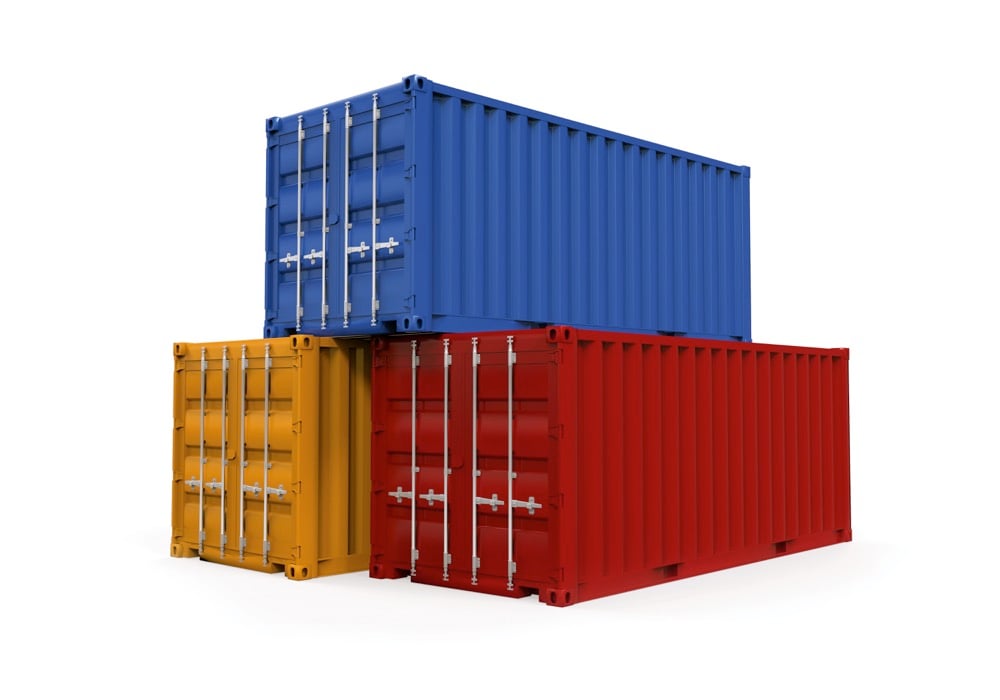Ottawa has long been in the business of trying to fix the problem of transporting Prairie grain to the west coast by rail. Yet the issues don’t get solved.
“None of the policies introduced by Raitt or Ritz did anything to deal with the surge,” University of Manitoba’s Barry Prentice says. “Worse, they have done nothing to prepare for the eventual repeat of the problem.”
Was there really anything that federal transportation and agriculture ministers Lisa Raitt and Gerry Ritz could have done? After all, they did try. In March 2014, Ottawa set mandatory minimum grain traffic quotas for the railways.
Read Also

Riding the tariff rollercoaster
Farmers are accustomed to roller-coaster years. But the current geopolitical windstorm is something else entirely. On his cattle operation near…
Prentice dismisses the impact the Fair Rail for Grain Farmers Act had on improving CN and CP’s grain movement, which topped 50 million tonnes during the order and exceeded the mandated minimum by 5.5 million tonnes.
Prentice believes the grain would have got moved anyway, with the railways ramping up their efforts to clear the backlog once the brutal winter was behind them.
“It wasn’t like the government’s threat of doing something changed anything for the better. In fact, we found out it made things worse,” says Prentice.
To meet the mandatory minimums, the railways concentrated on mainline movement, which meant that producer cars, branch lines and cross-border movement suffered as a result. “Again, a further distortion of the market,” Prentice says.
Agricultural economist Richard Gray of the University of Saskatchewan calls the legislation a heavy-handed, blunt instrument for moving additional grain, and he believes the industry would be better served with revisions to the revenue cap that would strengthen railway incentives.
As it stands now, railways aren’t particularly fussy about when they move grain. The revenue cap means they get the same average fee per tonne-mile when they move the grain in the middle of January as they do earlier in the crop year. But it costs them more to move it in January.
Instead, Gray wants to see the revenue cap re-calculated, so every tonne of grain shipped between autumn and January counts as 1.2 tonnes, which would provide a powerful incentive to railways.
“If it isn’t changed, I think we’re always going to have the situation where the railways are not going to treat capacity in any special way; they’re going to say we’ll get to the grain eventually, and eventually we’ll move it. And if that’s the case, you get grain stacked up on farms and you get the high export basis levels,” says Gray.
Yet Gray warns against eliminating the revenue cap, explaining that freight rates would rise and movement would suffer if the cap goes.
“Farmers’ willingness to pay depends on not moving all their grain. As soon as you move all their grain, they can’t ship anymore,” says Gray. “So (railways) would actually raise rates, but it’s not clear they would move more grain. They actually might want to move less grain in order to keep those rates high.”
Prentice, however, favours the total and immediate elimination of the revenue cap. He argues farmers aren’t better off at all with the revenue cap, and would actually receive better service without it. Markets tend to allocate service to those most willing to pay for it, which for rail grain movement would have the effect of flattening out the peaks, making more efficient use of resources, and providing the incentive for the railways to do better.
“You just overload the system. We know there’s not enough cars — there can never be enough cars — and as a result of that, you’re always going to disappoint somebody. There’s always going to be customer service complaints unless the price is free to clear the market,” Prentice says.
He argues you get what you pay for, so that while farmers may be getting a good deal with a discounted freight rate, they’re also getting bottom-of-the-basement service.
“You don’t get the white tablecloth at McDonald’s,” Prentice says.
Prentice also heaps the blame for bad service on Ottawa. “It’s ironic that we have a Conservative government that is leaning against old Communist approaches to the management of the rail system. And if you think back to the old Soviet Union, customer service meant, ‘Stand in line and hope.’ … Why should we expect to get better service than the Russians got if we’re playing it out with a Russian system?”
The revenue cap policy has contaminated the entire supply chain, causing Canada to earn a bad reputation for reliability, Prentice says. “You’re never going to become a reliable supplier if the incentives aren’t aligned correctly to deliver.”
Farmers may resist eliminating the cap because they feel they’re getting a great deal on freight rates, but Prentice says they’re paying for it with declining international market share. “We’re viewed as an unreliable supplier internationally, and I think we get paid a discounted price because of that,” he says.
The revenue cap is also putting a lid on expanding container traffic, which would bring multiple benefits for farmers, with higher income for specialized grain movement plus help managing peak loads and surge capacity.
No one knows when there will be another mega-harvest. In a surge like 2013, the industry needs an elastic system that can expand when necessary but also contract when no longer needed.
“The problem with the bulk handling system is it’s a very rigid system…You can’t afford to expand your system by 35 per cent for a once-in-10-years event,” says Prentice.
But you can rent containers on a short-term basis from the world market. They could be positioned on farms as temporary storage, and later be moved via container trucks, trains and terminals — all without adding congestion to the remaining bulk grain system.
The revenue cap, however, creates a double disincentive that discourages the railways from moving grain in containers.
When the revenue cap was established, containerized grain got lumped in with the bulk grain volumes and revenues. But railway costs are higher for container movement than bulk, and any higher revenue the railways earned for shipping containers would eat up the revenue cap faster.
To stay within the revenue cap, railways would have to charge less on subsequent bulk shipments, says Prentice. In a system without a revenue cap, the container alternative would limit freight rate increases during peak demand periods.
“The development of a containerized grain supply chain would enhance competition. If farmers have a choice of shipping grain through a bulk handling system or a containerized grain handling supply chain, then they are going to be able to choose the one that delivers the best returns for them,” Prentice says.
Grain companies, however, would probably like the idea of containers to go away because containers would reduce their role as an intermediate. Farmers, Prentice says, could sell specialized products without grain companies.
“In the age of the Internet, bar codes, electronic funds transfers and other communications strategies, there are no reasons why farmers could not deal as directly with their overseas customers as eBay or any other decentralized marketing system,” Prentice concludes.
But Quorum president Mark Hemmes warns about the limitations of containers as a solution.
When Canada would most need the supplemental capacity — the fall/post-harvest period — is when container capacity is most constrained, thanks to the Christmas rush.
Container capacity is also constrained by the flow of inbound consumer goods traffic. It’s this movement that commands the higher price. The supply of outbound container capacity depends on how many containers are available at imported goods’ destinations, and that’s mostly driven by the demographics of the receiving area, so southwestern Ontario gets far more containers than the Prairies.
“The alternative is to reposition containers from one location to another. The railways of course charge for that, which increases the overall cost of movement,” says Hemmes.
Hemmes adds that container owners wouldn’t embrace having their equipment float around the Prairies looking for movement as that won’t come close to generating the kind of revenue of inbound traffic.
“They therefore will not always allow for those movements to occur, and will opt to move the empty container back to port position and load it on an outgoing vessel quickly in order to return it to the head haul point of origin,” Hemmes says.
Hemmes adds that 20-foot containers are better suited to grain than 40-foot units since they have greater logistical efficiency. But there are about twice as many 40-foot containers as 20-footers.
Yet Prentice insists it’s time for a technological overhaul. “Bulk grain handling has changed very little in the past 150 years, since we gave up on burlap sacks,” he says. “Containerization is a new supply chain based on ‘steel sacks.’”
This article was originally published as “The container solution” in the May/June 2015 issue of Country Guide
















